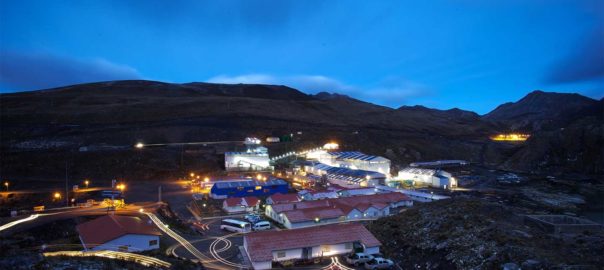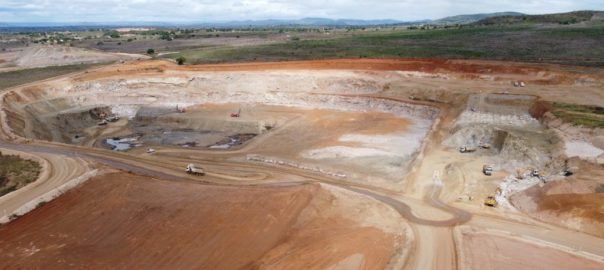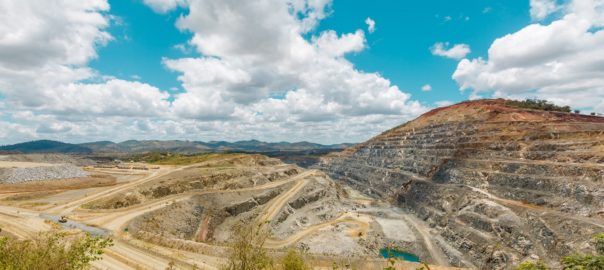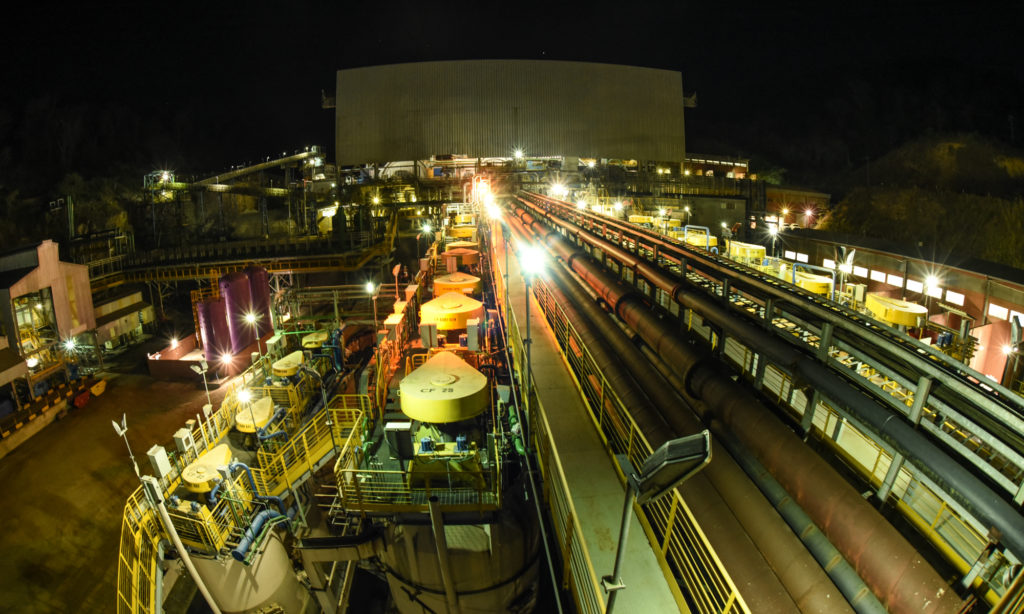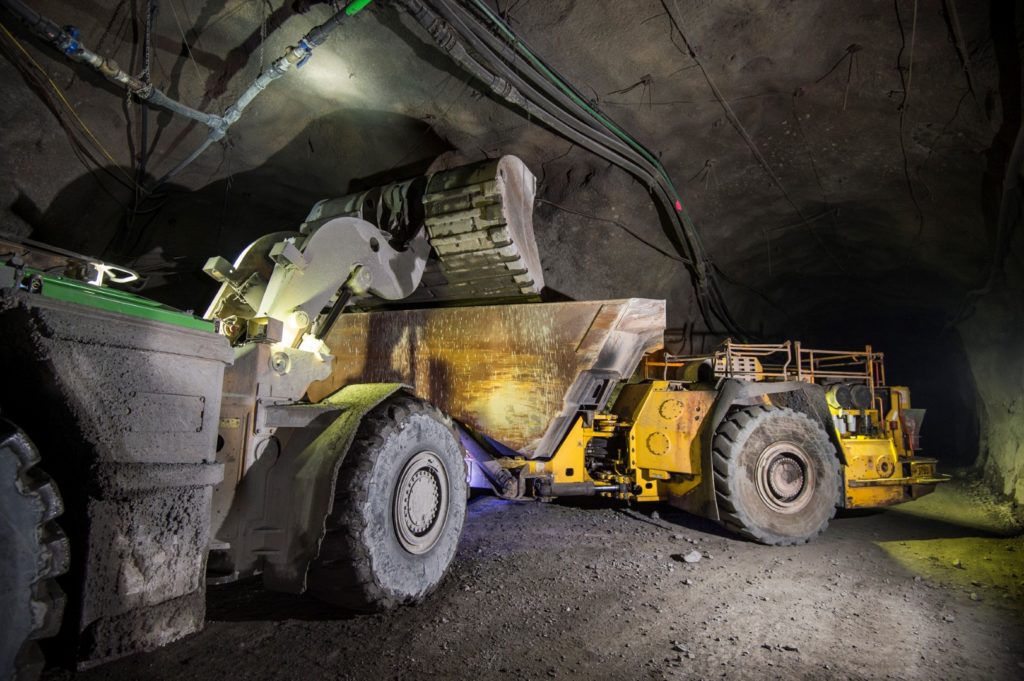Appian Capital Advisory LLP, the investment advisor to long-term value-focused private capital funds that invest in mining and mining-related companies, has acquired an 89.96% interest in the producing Rosh Pinah zinc mine, in the Kharas region in southern Namibia, from Trevali Mining Corporation.
Rosh Pinah is an operating underground zinc-lead mine with a 2,000 t/d milling operation, which has plans in place – via the Rosh Pinah 2.0 mine expansion project – to nearly double the mine’s annual ore throughput to 1.3 Mt and improve safety and environmental performance. The mine has been in continuous operation since 1969, producing zinc and lead sulphide concentrates, as well as smaller amounts of copper, silver and gold.
Appian says it will retain the existing site management team and workforce, who have substantive technical expertise and understanding of the asset.
Michael W Scherb, founder and CEO of Appian, said: “This acquisition marks a significant milestone for Appian as we continue to develop our world-class portfolio of highly attractive zinc assets, a critical metal that will help facilitate the upcoming energy transition. We look forward to welcoming the 450 employees at Rosh Pinah to Appian as we utilise our extensive operational and project development expertise to support the existing management team with delivering the Rosh Pinah 2.0 expansion project. We extend our gratitude to the Namibian government, our valued partners, and the local community for their trust and support.”
The Rosh Pinah 2.0 expansion project envisages the construction of new processing facilities, including the addition of a paste fill and water treatment plant, as well as a dedicated portal and decline to extended deposits. The project will increase mill throughput from 700,000 t/y to 1.3 Mt/y, increasing zinc equivalent production to 170 MIb/y (31,751 t/y), on average.
Rosh Pinah is one of three recent investments by Appian in the zinc market, with the other two being Vedra Metals in Italy and Pine Point in Canada. It did not disclose the acquisition price for the stake in Rosh Pinah.







